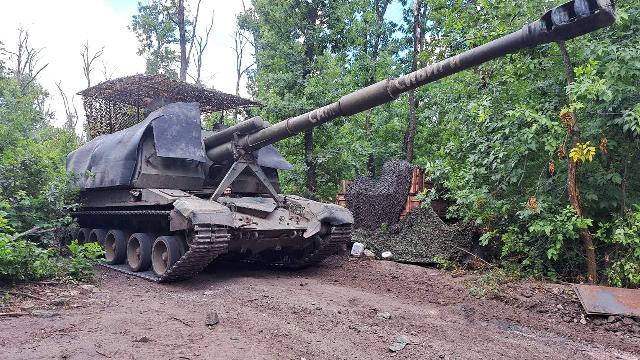In defense against drones, gunners rely on speed and anti-drone guns
The offensive of the troops of the Center group in the Avdiivka direction continues with powerful artillery fire support. At the same time, the activity of the enemy's barrel and rocket artillery continues to decrease, and gradually kamikaze drones become its main means of destruction. Izvestia correspondents have learned how Russian Msta-S self-propelled howitzers work and how they are protected from drones.
Security and defense
If last year it was often possible to see guns working from permanent prepared positions, today self-propelled guns most often act "on the move". The gun on duty stands in a shelter and, upon receiving a target, quickly moves to a firing position. The car is covered by a fighter with a semi-automatic shotgun in case kamikaze drones appear in the air. They try to conduct combat work as quickly as possible, so as not to give the enemy a chance to detect and hit the installation. But with the direct support of infantry or when working on armored vehicles, the fire is not conducted according to the planned consumption of ammunition, but before the actual defeat of the target. Therefore, the installations need additional protection.
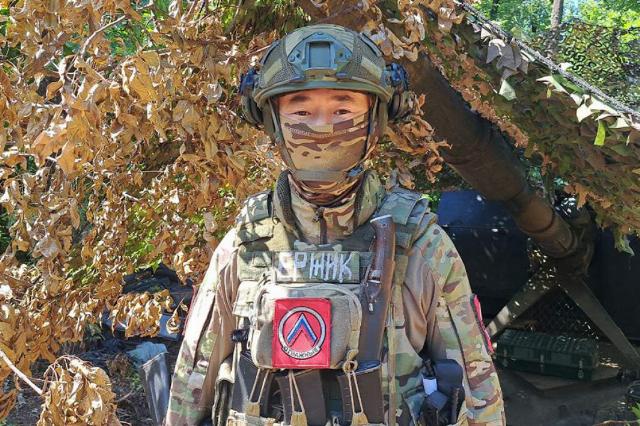
Photo: IZVESTIA/Dmitry Astrakhan
Image source: iz.ru
— Our rifle, army, regular, 12-gauge. The efficiency is good, the range allows you to shoot boldly up to 70 m. Before the army, we had to shoot, and we went hunting, and our grandfathers taught, and even collected cartridges himself," says a fighter with the call sign Jerzyk, the hero of one of our past reports . As part of the calculation of another self-propelled gun, a fighter from the Altai Territory participated in the defeat of the American Abrams tank.
Today, he defends the duty installation, covering his comrades. According to Yerzyk, the enemy is already far enough away and kamikaze drones rarely reach artillery firing positions, but it is necessary to be constantly on the alert. A little earlier, he had already shot down a drone that threatened self-propelled guns.
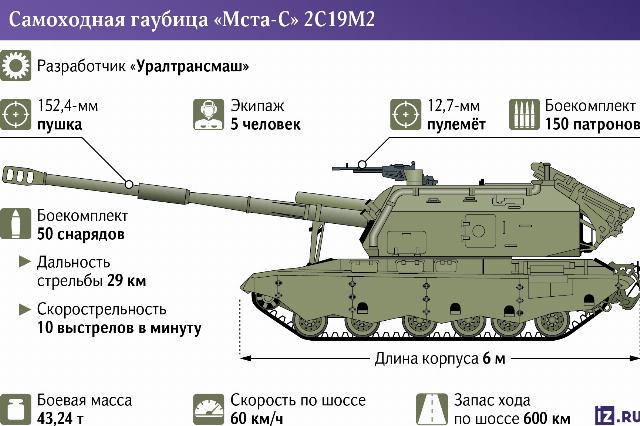
Among the cartridges that Jerzyk shows, there are both classic shot and new ammunition in which large buckshot is connected by a Kevlar thread. The latter are special cartridges for fighting enemy drones, which are gradually being supplied to the troops. This is a development of the design of the American Skynet police cartridges, which the police have successfully used to combat smugglers' drones on the southern border of the United States. But, according to the reviews of our fighters, lighter Russian cartridges equipped with a thin Kevlar mesh have a much longer firing range and a more predictable trajectory.
To firing positions
The crew of the Msta is preparing to leave for the firing position. The commander of the installation with the call sign Second gives comments before sending. On the chest of his bulletproof vest he has a patch with the silhouette of a self-propelled gun and the inscription "I work remotely." Puns and pictures about remote work and the profession of "landscape designer" have become one of the unofficial symbols in artillery units during their military operations, from mortar crews to calculations of long-range artillery and multiple rocket launchers.
— The situation is easier now, we are moving forward. The main thing in work today is speed. We work on the move, we don't have constant firepower, we constantly roll over, move, try not to stagnate," says the Second one near his car. There is a massive drone visor above the self-propelled gun, and the tower and sides are sheathed with industrial conveyor belt, which acts as anti-cumulative screens. In addition to the shooter on duty, the installation, according to the Second, is protected by electronic warfare equipment, and while driving, one of the calculation numbers with a "drone strike" is on the armor and watches the sky.
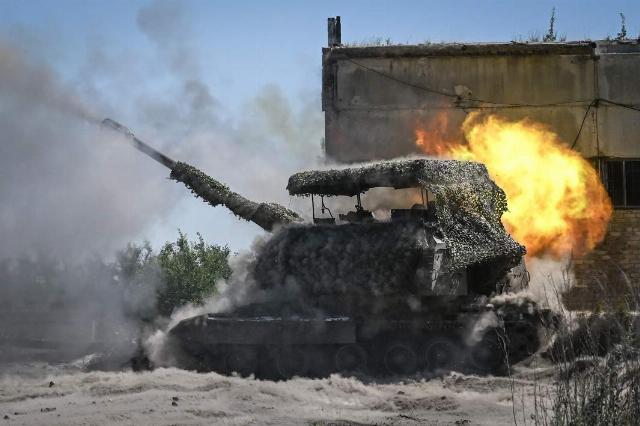
Photo: RIA Novosti/Stanislav Krasilnikov
Image source: iz.ru
One of the factors of our artillery's success today is superiority over the enemy not only in the number of guns, but also in the amount of ammunition.
"It's enough for me," the Second One laughs at the question about ammunition, "even compared to how we entered (the SVO zone). Maybe there were some shortcomings, but now everything is fine. Literally a year and a half everything is well established.
It is important to note that we are talking not only about conventional, but also about high-precision projectiles. Their number is increasing significantly, and they are being used more and more often.
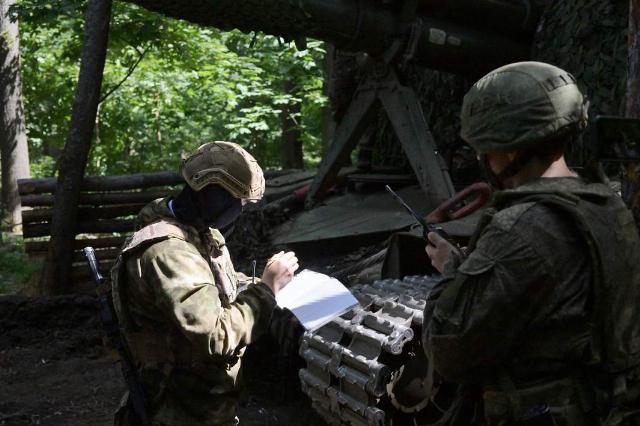
Photo: RIA Novosti/Evgeny Biyatov
Image source: iz.ru
In close cooperation with unmanned aircraft, the self-propelled guns on the Msta-S are also engaged in counter-battery work. One of the last targets destroyed by the calculation of the Second is the American M777 howitzer.
The time to enter the firing position is approaching. The bussolist and the UAV cover shooter are the first to advance on foot.
On command, a self-propelled gun enters the position. The whole fire raid happens very quickly — according to the timer of my camera, from the moment of stopping to leaving, the car stayed stationary for a little less than six minutes. Despite the fact that it is clearly visible from the outside how the adjustment takes place after each shot.
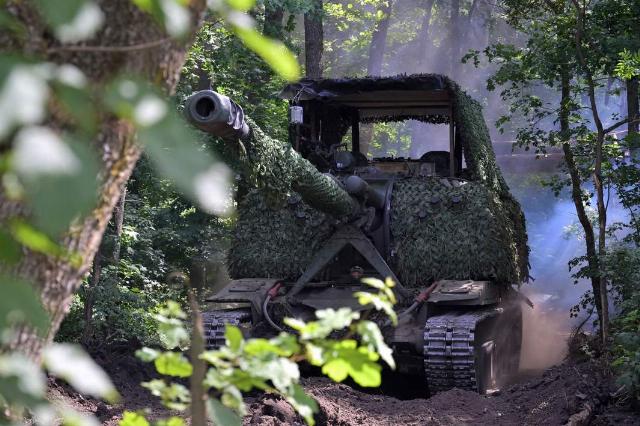
Photo: RIA Novosti/Evgeny Biyatov
Image source: iz.ru
Raising clouds of gray Avdiivka dust, in which the soil is mixed with concrete broken by battles, the self-propelled gun smoothly disappears from sight. By the time we reach the shelter on foot and start checking the cameras, a couple of explosions of enemy shells can be heard in the distance. It is possible that the enemy's counter-battery is trying to find a firing position according to radar data. A year and a half ago, they would have done it with one of the types of special projectiles or cluster bombs with aerial detonation. But today the enemy's capabilities are decreasing, and this is felt in many nuances.
Dmitry Astrakhan
